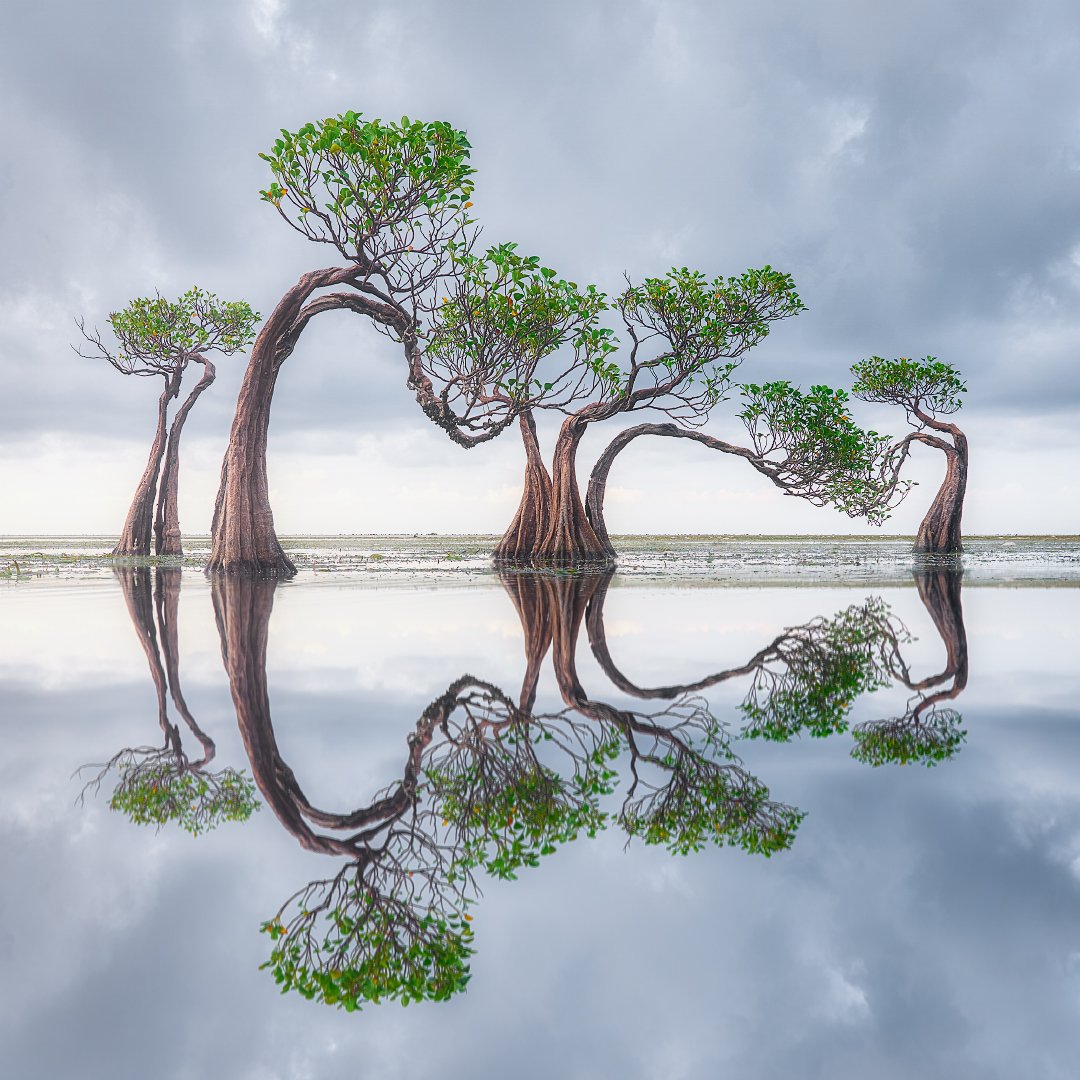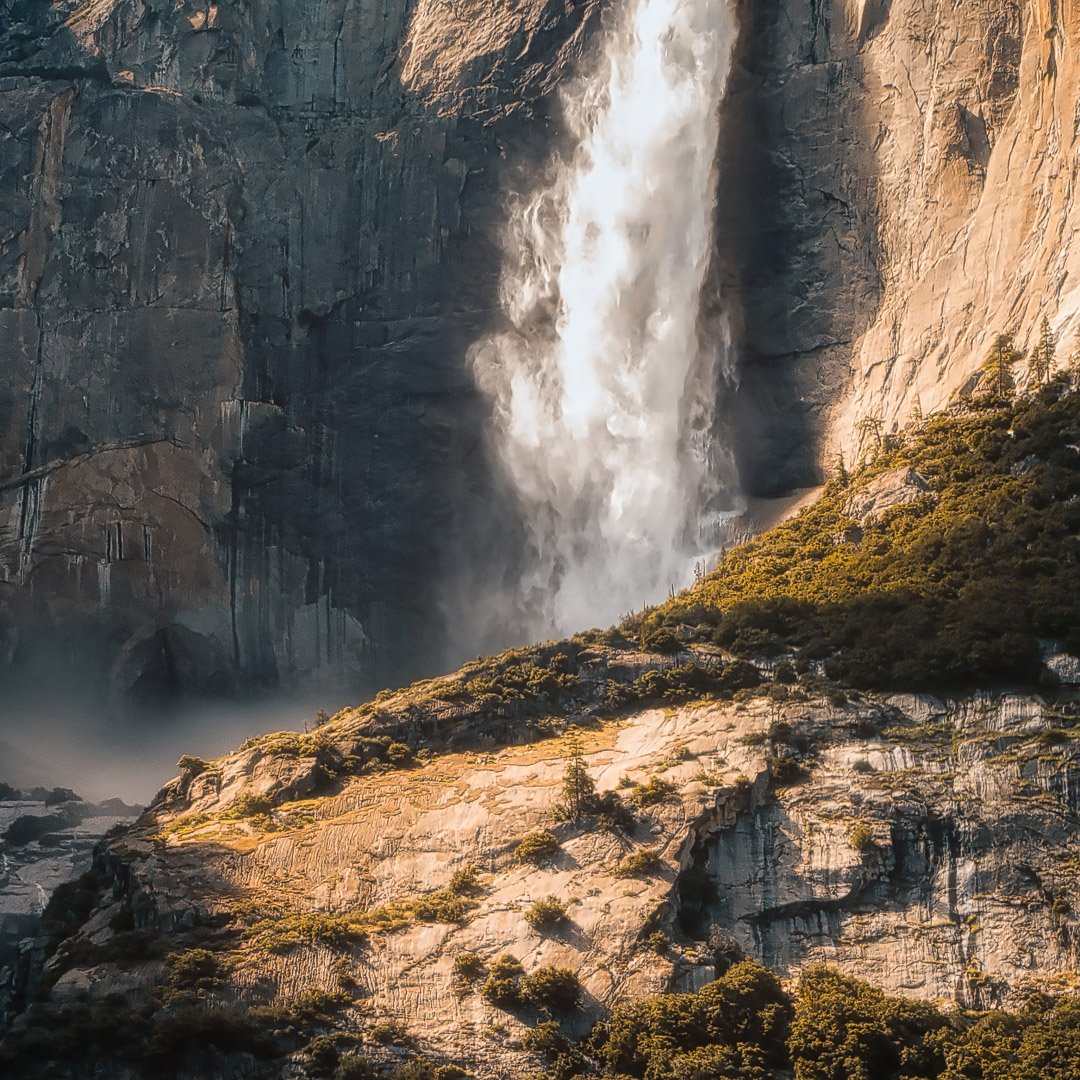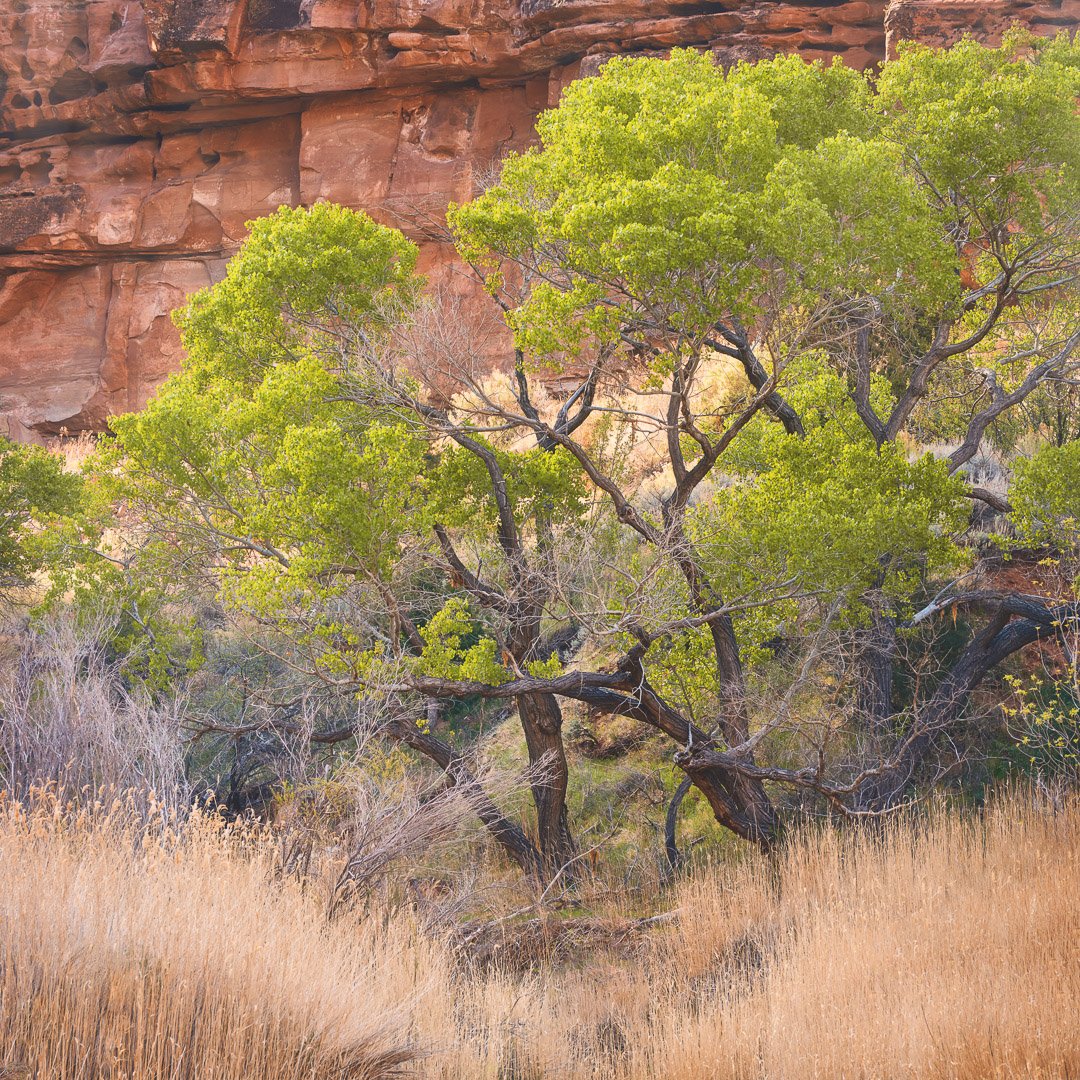In an era where social media platforms often dictate the dimensions of our images, it's easy to fall into the trap of tailoring our compositions to fit predefined social standards. However, the resurgence of the square crop signifies a departure from the norm—a rebellion against the constraints of traditional horizontal and vertical compositions.
But what makes the square format so appealing?
Understanding Visual Flow
Before we dive into the intricacies of square cropping, let's take a moment to explore how our eyes perceive photographs in different orientations. In a horizontal composition, the eye naturally flows from left to right or right to left.
Conversely, in a vertical composition, the eye is drawn upwards or downwards. Basically, the eye follows along the dominant, or longest edge of a photograph, whether that’s on the top and bottom or left and right side.
Enter the Square: Finding Balance
Now, picture a photograph without dominant edges—where symmetry reigns supreme and every side holds equal weight. This is the essence of the square crop—a realm of balance and harmony, where the eye wanders freely, unhindered by predetermined paths without dominant sides.
Unleashing Creativity: The Power of Square
So, when should you consider incorporating a square crop into your photography? The answer lies in the subtle nuances of your subject matter.
1. Symmetry and Repetition: Images with symmetrical elements or repeating patterns are natural candidates for the square format. By centering your composition and dividing it into equal halves, you create a sense of equilibrium that captivates the viewer's imagination.
2. Center-Weighted Compositions: When your subject occupies the central space within the frame, a square crop enhances its presence, drawing the viewer's gaze towards the heart of the image. This focused approach accentuates the narrative power of your photograph, inviting viewers to linger and explore.
3. Dynamic Diagonals: Strong diagonal lines inject a sense of energy and movement into your composition. By cropping your image into a square format, you emphasize these dynamic elements, creating a visual rhythm that engages the viewer's attention and sparks their curiosity.
4. Eliminating Distractions: Ineffective negative space can detract from the impact of your image, diluting its visual potency. With a square crop, you have the power to remove distractions and focus the viewer's attention on the essence of your subject, creating a more immersive and compelling experience.
Navigating the Terrain
While the square crop offers a wealth of creative possibilities, it's essential to approach each image with discernment and intuition. In some cases, a horizontal or vertical orientation may better serve your photograph, but pay close attention to the flow of your composition, the rhythm of your lines, and the balance of your elements.
Watch Video Here
Have a great week!
Mark D.






